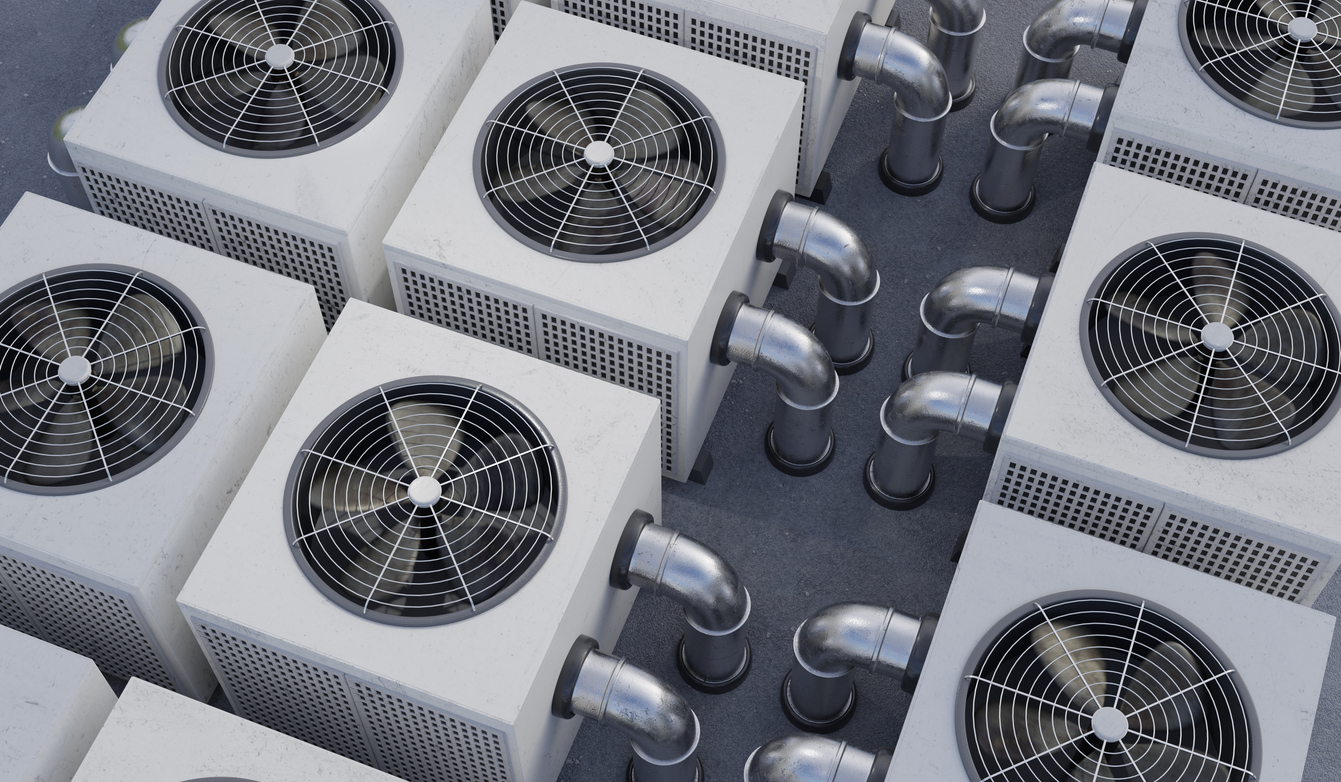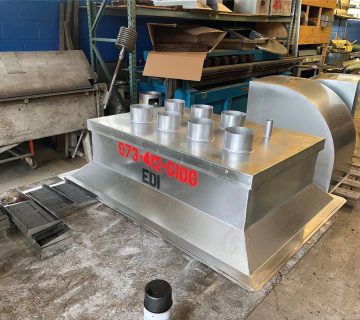Choosing the Right HVAC System for Your Clients: A Comprehensive Guide
Selecting the right HVAC system for your clients is crucial for ensuring their comfort, energy efficiency, and overall satisfaction. With so many options available, it can be challenging to determine the best system for different types of buildings and specific client needs. This comprehensive guide will help you navigate the selection process and make informed decisions.
Understanding Client Needs and Building Requirements
1. Assessing Client Priorities
The first step in choosing the right HVAC system is to understand your client’s priorities. Are they looking for the most energy-efficient option? Do they prioritize upfront costs or long-term savings? Understanding these priorities will help you narrow down the options.
2. Evaluating Building Characteristics:
Consider the specific characteristics of the building where the HVAC system will be installed. Key factors include:
Size and layout of the building
Number of floors and rooms
Insulation levels
Local climate conditions
Existing infrastructure and ductwork
Types of HVAC Systems and Their Applications
1. Central Air Conditioning and Heating Systems: Central HVAC systems are ideal for larger buildings with existing ductwork. They provide uniform heating and cooling throughout the entire space and can be controlled via a central thermostat.
Best for: Large residential homes, commercial buildings, office spaces.
2. Ductless Mini-Split Systems: Ductless mini-split systems offer flexibility and are perfect for buildings without existing ductwork. They consist of an outdoor unit and one or more indoor units, providing zoned heating and cooling.
Best for: Older homes, small apartments, room additions, buildings with no existing ductwork.
3. Heat Pumps: Heat pumps are highly energy-efficient systems that provide both heating and cooling. They work by transferring heat between the indoors and outdoors and are ideal for moderate climates.
Best for: Homes and buildings in moderate climates, energy-conscious clients.
4. Packaged HVAC Systems: Packaged systems combine heating and cooling components in a single unit, typically installed on the roof or a concrete slab near the building. They are compact and save indoor space.
Best for: Small commercial buildings, homes with limited indoor space for HVAC components.
5. Hybrid Systems: Hybrid systems combine the efficiency of a heat pump with the power of a gas furnace. They automatically switch between the two sources based on temperature changes, optimizing energy use.
Best for: Areas with fluctuating temperatures, clients looking for high energy efficiency.
Key Factors to Consider When Choosing an HVAC System
1. Energy Efficiency: Look for HVAC systems with high SEER (Seasonal Energy Efficiency Ratio) and HSPF (Heating Seasonal Performance Factor) ratings. Energy-efficient systems can reduce utility bills and are better for the environment.
2. Size and Capacity: Choosing the right size and capacity is crucial for optimal performance. An undersized system will struggle to maintain comfort, while an oversized system will cycle on and off frequently, wasting energy and shortening its lifespan.
3. Installation and Maintenance Costs: Consider both the initial installation costs and long-term maintenance expenses. Some systems may have higher upfront costs but offer significant savings in the long run due to lower energy consumption and fewer repairs.
4. Indoor Air Quality: Systems with advanced filtration and humidity control features can significantly improve indoor air quality. This is especially important for clients with allergies or respiratory issues.
5. Noise Levels: Consider the noise levels of the HVAC system, especially for residential installations. Quieter systems can enhance comfort and are less disruptive.
Making the Final Decision
Once you have assessed the client’s needs, building characteristics, and evaluated different types of HVAC systems, you can make an informed recommendation. Provide your clients with a few options, explaining the benefits and drawbacks of each, and help them make a decision that aligns with their priorities and budget.
Conclusion
Choosing the right HVAC system for your clients involves a thorough understanding of their needs and the building’s characteristics. By considering energy efficiency, size and capacity, costs, indoor air quality, and noise levels, you can ensure that your clients receive the best possible solution. At EDI HVAC&R, we are committed to helping you find the perfect HVAC systems for any application. Contact us today for expert advice and top-quality products.
Conclusion
HVAC systems are integral to maintaining indoor air quality. By understanding their role and investing in the right parts and maintenance practices, you can ensure a healthier and more comfortable indoor environment. At EDI HVAC&R, we offer a range of high-quality HVAC parts and expert maintenance services to help you achieve optimal air quality. Contact us today to learn more about how we can support your HVAC needs.





